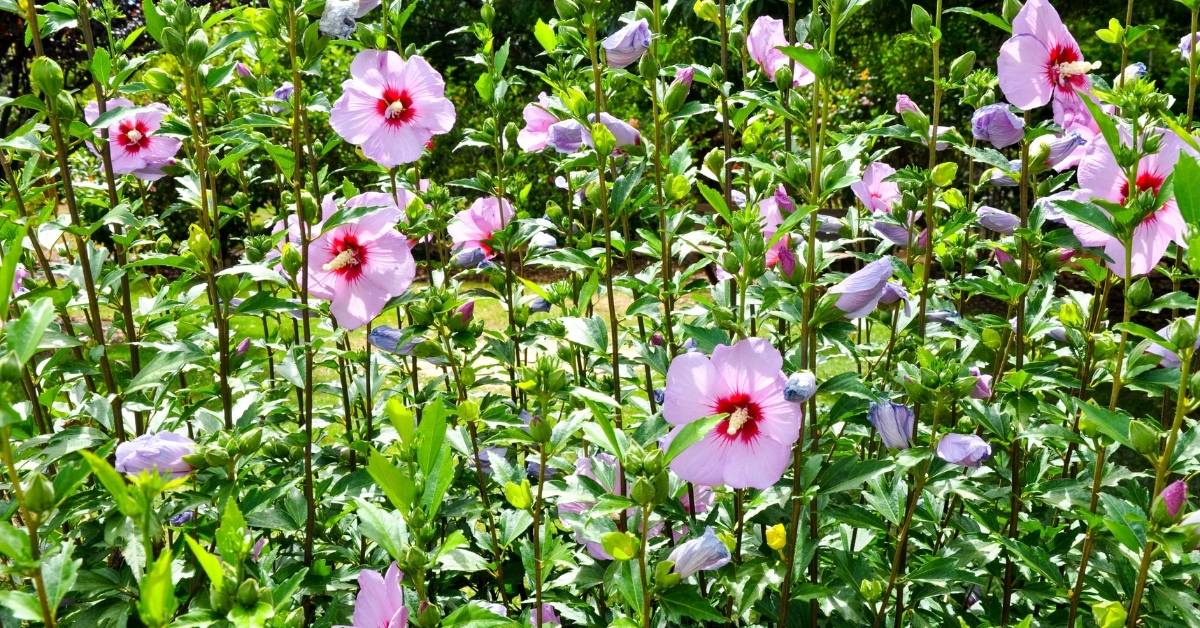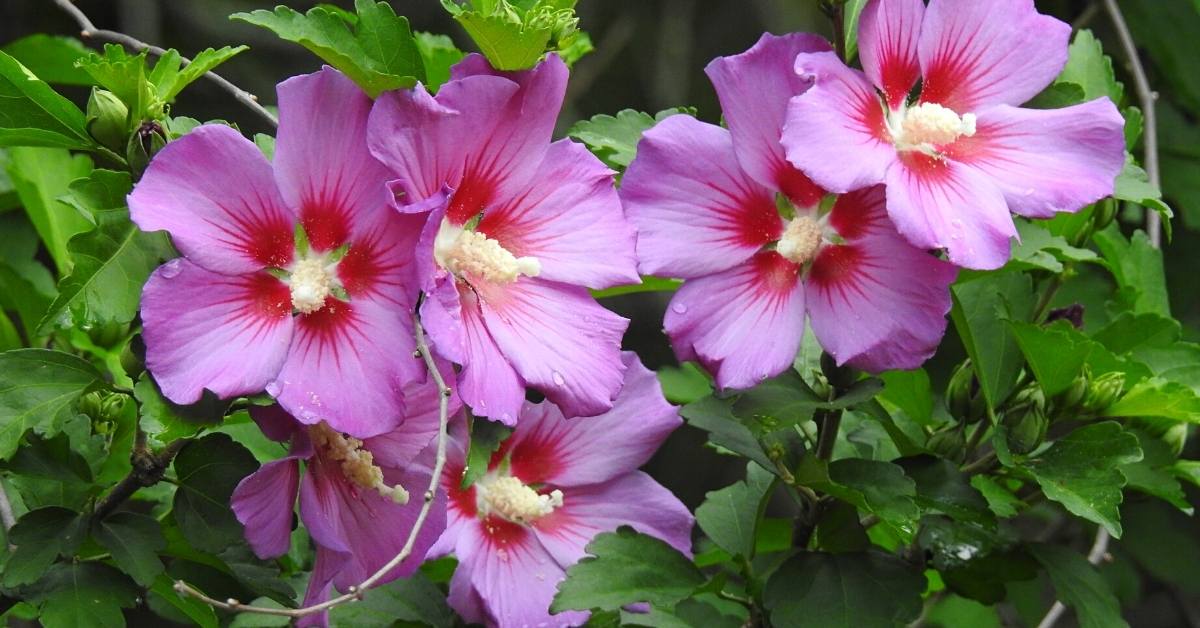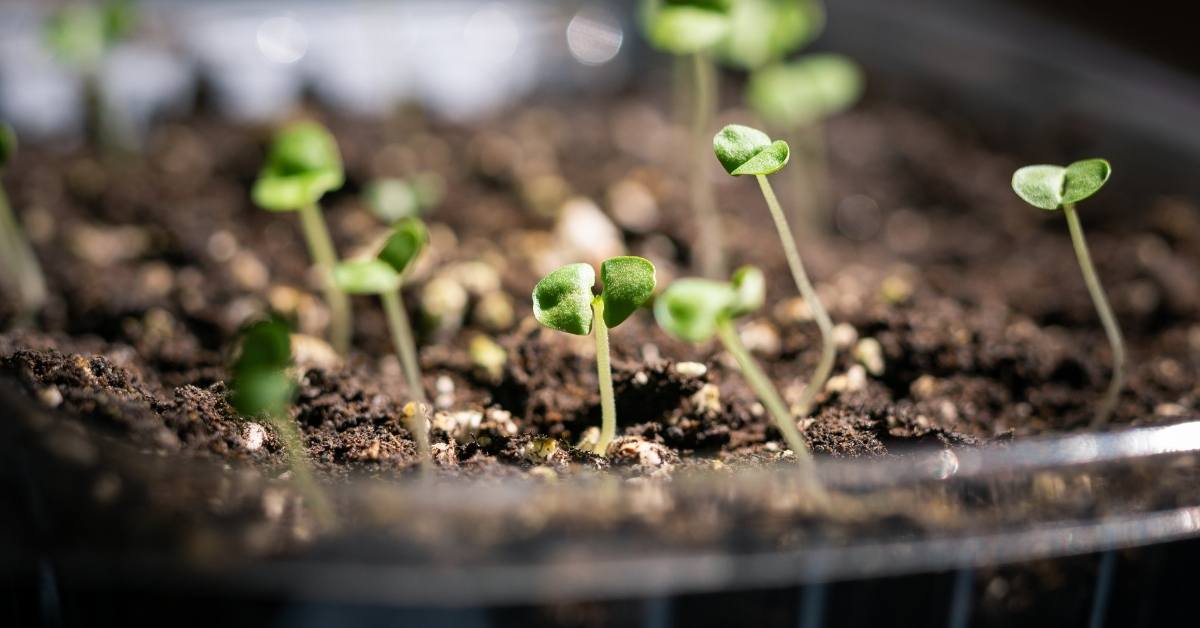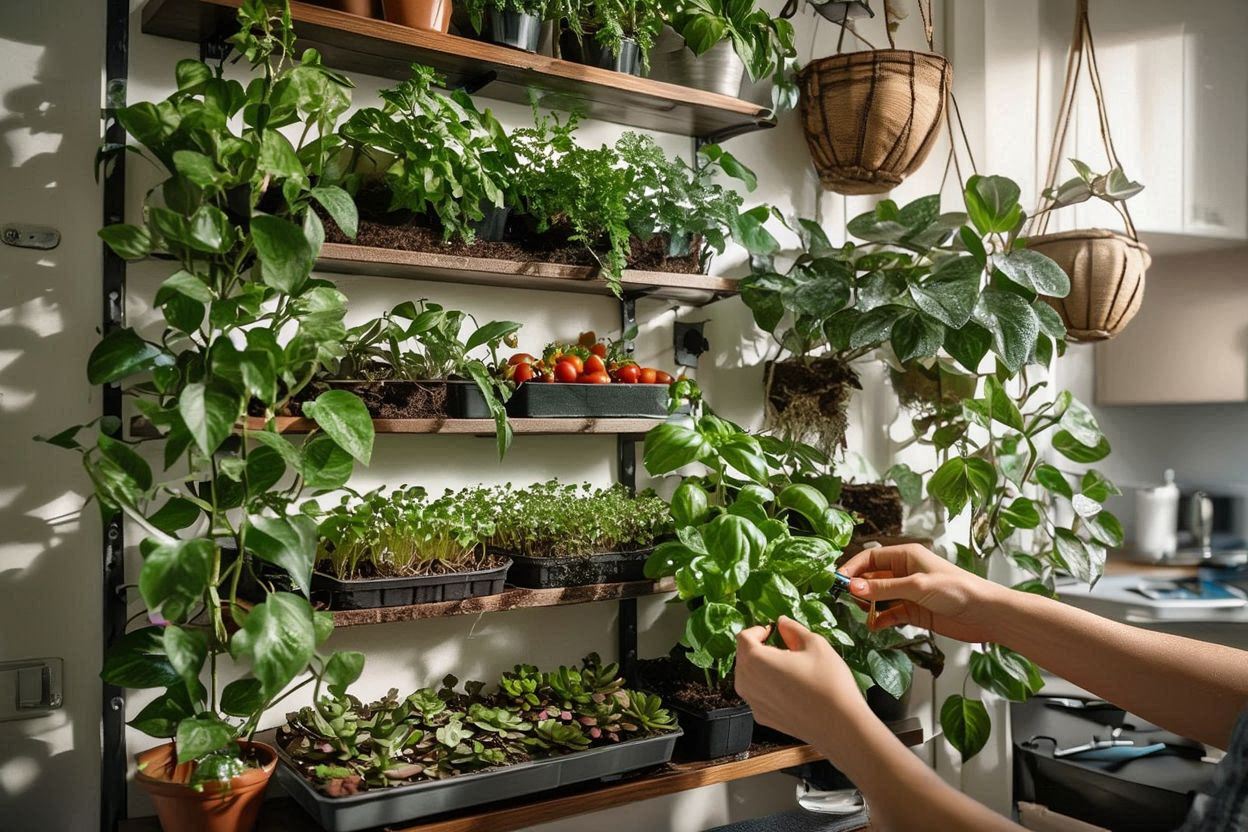In many gardens, the Hibiscus blooms in the most beautiful colors in late summer. But what to do when the bloom dies?
When the Hibiscus faded, it is time for most species to move into the house. Only a hawk can spend the winter outside.
The Hibiscus, which comes from Asia, belongs to the mallow family (Malvaceae) and is distributed all over the world in a wide variety of shapes, sizes, and colors. Depending on the species, a hibiscus presents its magnificent flowers from around July. The flowering period ends in October at the latest.
Then what do you do with the plant? So much in advance: Since Hibiscus originally comes from the tropics and subtropics, the plants are usually not suitable for surviving the local winter outdoors.
Is hibiscus hardy?
In our latitudes, only the rose of Sharon, Korean rose (Hibiscus syriacus), and particular individual cultivars of the perennial Hibiscus (Hibiscus x moscheutos) are hardy. All other hibiscus species are grown as houseplants or have to be indoors in autumn. The most common representative of the Hibiscus in this country is the
Chinese Hibiscus (Hibiscus rosa-Sinensis). It can stand on the terrace in summer but must be brought into the house in good time when the temperature drops. Even at night temperatures below 53.6°F (12 degrees Celsius), the plant can be damaged by the cold.

Winterizing Hibiscus: Here’s how
Before you bring your Hibiscus from the terrace or balcony to the winter quarters, you should carry out a few maintenance measures. Remove all withered and dried-up parts of the plant and check the Hibiscus closely for pests. These multiply even faster in the house than in the fresh air and can spread to other indoor plants.
Cutting back is only necessary if the plant is too big for winter quarters. Rose hibiscus is overwintered in a room that is as bright as possible at around 15 degrees Celsius. A winter garden is best suited for this because this is where the light output is highest.
What to do if the Hibiscus loses leaves
Most of the time, the Hibiscus automatically loses some buds and leaves in its winter quarters. It is completely normal. Moving from outside to inside and the changed air quality put the plant under stress.
A particular leaf fall is, therefore, to be expected after clearing. However, if the drop does not stop and takes over, the location must be checked. Maybe it’s too dark or drafty. Also, do not place the Hibiscus in a place with too dry air, for example, in front of a heater.
Dry heating air dries out the plant and magically attracts spider mites. Don’t forget to water them occasionally, especially when the winter quarters are warm. The Hibiscus doesn’t need much over the winter weeks, but the root ball shouldn’t dry out.
Rose of Sharon (Hibiscus syriacus) easily survives the winter in a protected location.

The Rose of Sharon is hardy.
Planted out hibiscus syriacus in the garden is usually fully winter-proof. However, protect especially young plants from severe frost in the root area with a layer of mulch made of autumn leaves or brushwood. If the garden marshmallow is in a very sunny place, it should be shaded with a fleece.
Otherwise, strong sunlight in winter can easily cause frost cracks on the bark. The thinning and preservation pruning on the Hibiscus does not occur until late winter when the heavy frosts are over.
Hardy hibiscus in the bucket is moved close to a house wall for wintering so that it is protected from wind and weather. Place the bucket on wooden blocks or styrofoam strips and wrap the bucket with some fleece or jute so that the ball of the pot does not freeze through. Don’t forget to water it even in winter!

